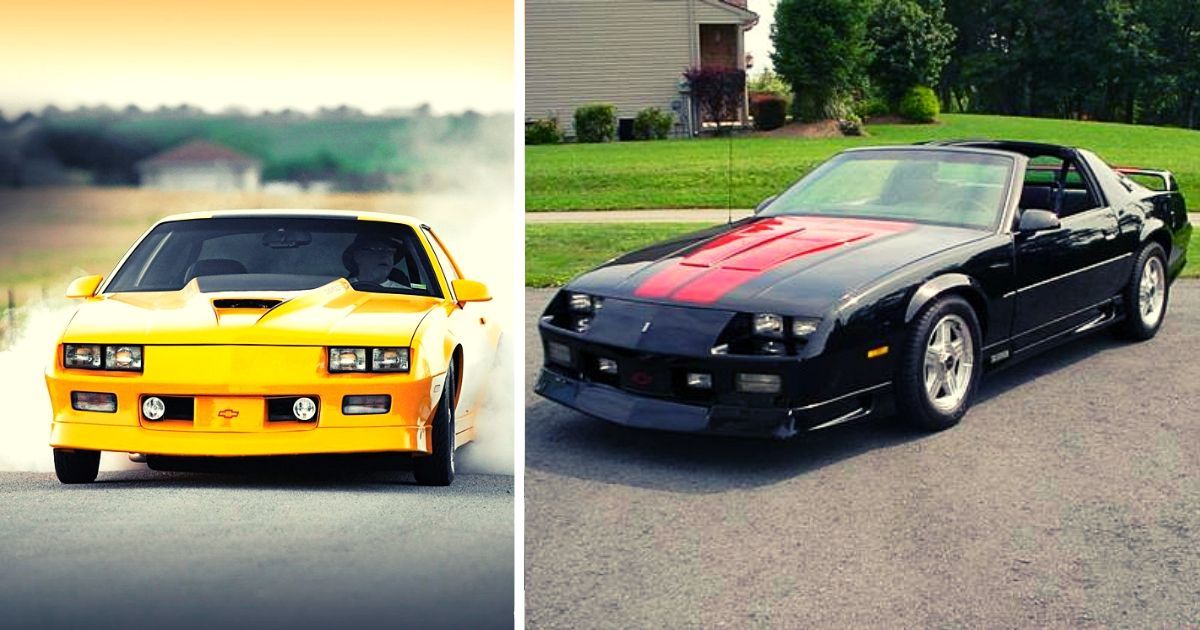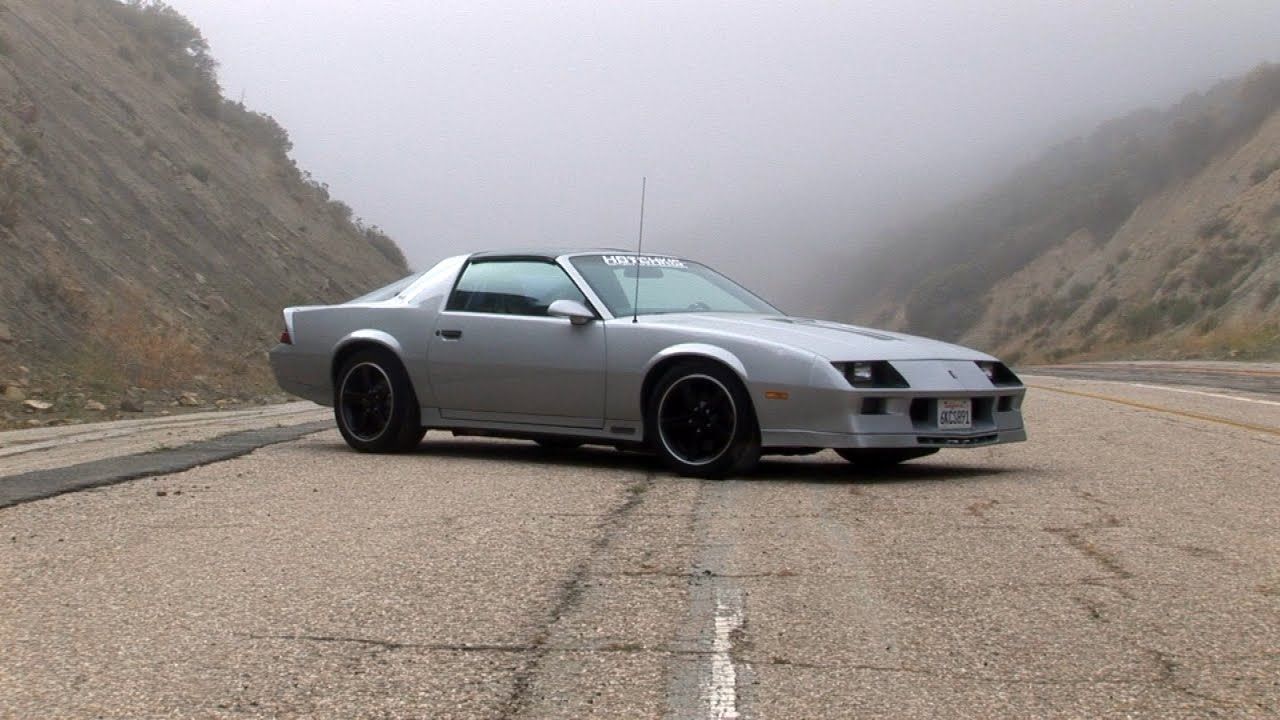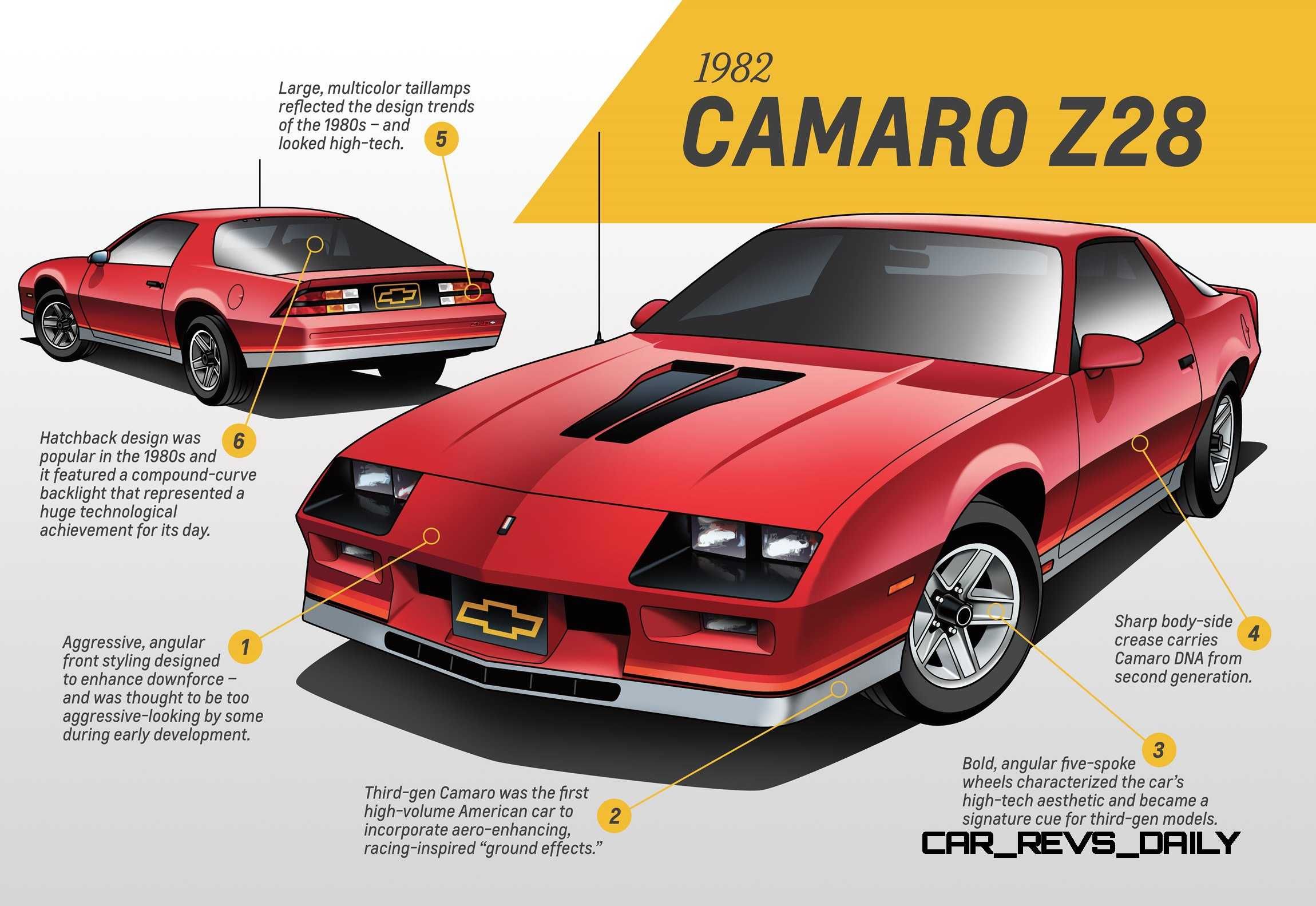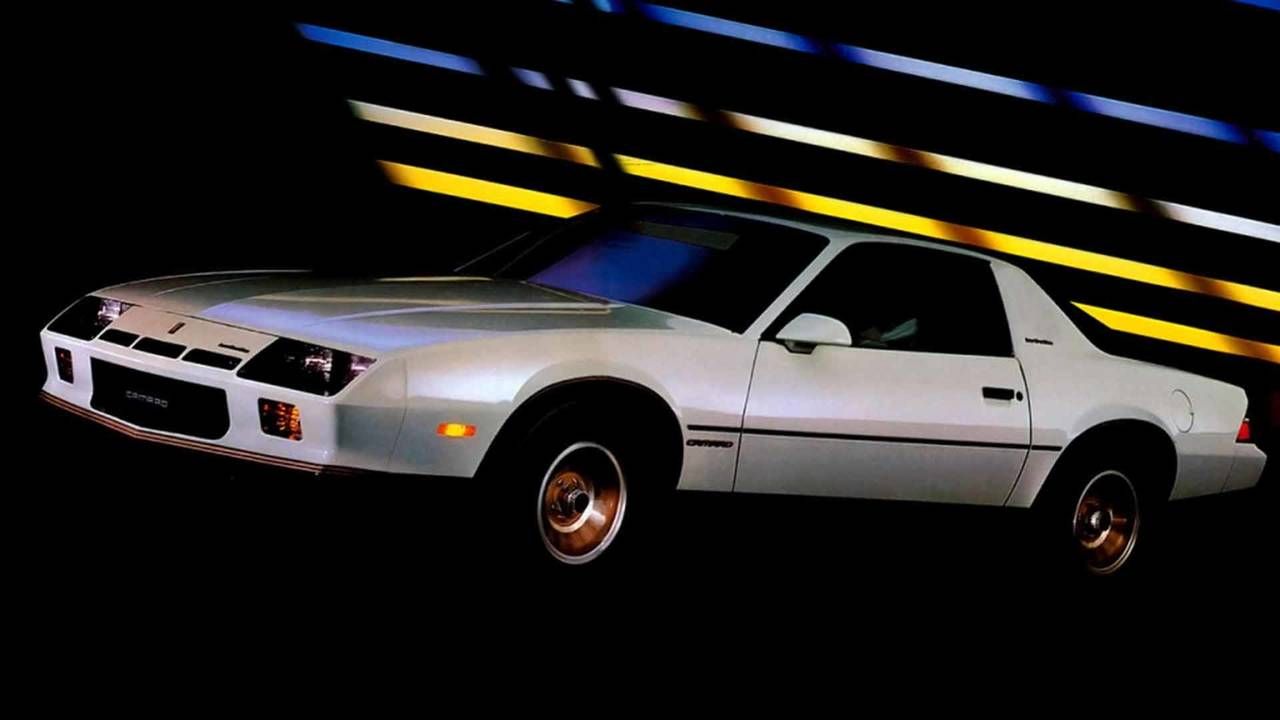The automotive scene of the early ‘80s was shaken up by the appearance of the third generation of Chevrolet Camaro. This mid-size American automobile seemed to encompass the spirit of those changing times and offered to take the everyday American to his or her future.
Things were also changing at General Motors. While the company decided to focus more on front-drive setup, Camaro took a different route. Tom Zimmer, the Camaro chief engineer, and Fred Schaafsma, the development team leader, were behind this bold choice. They pushed handling as the main focal point of the third generation Camaro. It was this performance objective that motivated the augmentation of downforce by creating a bold front end.
In this context, the continuity with the performance of the car was one of the most important aspects and continued to be even for the following generation, a decade later.
So, would the gamble pay off?
The first model of the third generation Camaro was launched in 1982 and was declared by Motor Trend magazine the Car of the Year. What is more, the 1982 Pace Car model took on board the title of Indianapolis 500 Pace Car. It was the third time Camaro drove home with this achievement. While on a company level, a 50% jump in sales was noted. It would seem that taking a risk was worth it, but let us take a closer look at the longevity of Camaro’s good reputation.
1982 Chevrolet Camaro Design
The Camaro of the ‘80s had a stunning design and was considered quite modern for that period. Decades later it is deemed to be a signature look for those times. 1982 was the year when Camaro debuted a hatchback look, which would become a statement design stamp of the ‘80s. The body follows an aerodynamic flow supported by features like the ground effects added to the ’82 model.
There are a couple of things that stand out with this new model. The Coupé or two-door body style was and remains somewhat of a controversial feature, people either love it or hate it. And then there were also the famous Goodyear Eagle GT tires offered the perfect finish to this sleek new look.
The engineers behind the new version surprised the public by making the ’82 Camaro a lightweight model. This aspect was certainly a great selling point of the model. Actually, it even brought back nostalgia, as it was close in weight to the very first Camaro that was freed in 1967.
What is more, the creative minds behind the model, steered away from the growing European influence over the automotive industry and made an effort to create a home-grown American design. The plan was bold and aggressive. Even too aggressive for some in the company.
The Z28 and other mechanical perks
The pre-launch goal of the third generation Camaro was to create a new body for the soul that was Z28 package. At the core of the package was the base small-block 305 V8 with an estimated 145 horsepower.
The third generation Chevrolet Camaro premiered a number of new features that caught the eye of enthusiasts. One of the more popular additions was to be found in the engine bay under the form of the Throttle Body Injection (TBI), a new kind of electronic fuel injection. This was included in the Regular Production Option LU5 which was a take on the 305 small block that had more horsepower, reaching as high as 165.
Some other noteworthy new features: struts in the front, a full unitized structure, a fresh coil-spring suspension, five-speed manual transmissions, Turbo-Hydramatic 700R4 four-speed automatic transmissions, to highlight just a few. But there is also a rather curious detail, that might be easily overlooked, a rear window third brake light.
As seen, there are many advantages and cool aspects that outline an ‘82 Camaro. If there is one downside to the model that is its speed, or lack thereof, at least based on modern standards.
The 1983 Chevrolet Camaro Z28 Trend
When it comes to the Chevy, there are always some special models to keep an eye out for. One of these special models of the third generation was the 1982 Camaro Z28 Indy Edition. This car was built in celebration of the Camaro as the Indy 500 pace car in what would amount to over 6000 replicas. You can still find original edition models on sale or auctioned, and if you want to get your hands on one, the price can fall anywhere between $7,600-$20,700. Jumping ahead to 1987, the "20th Anniversary Commemorative Edition" was launched, while in 1992 the "25th Anniversary Heritage Edition” followed.
John Cafaro, the executive director of Chevrolet Global Car Design, aptly sums up the third generation of Camaros: “[this] will always be a cultural symbol of the 1980s because its design epitomized the era’s high-tech cultural trends”. The ’82 Camaro was the frontrunner of a great generation that went down in the automotive history books.




